The number of all-new models coming to market over the next four years is predicted to drop sharply as manufacturers around the world cut back on investments. That will be particularly obvious in the EV market as the industry shifts back to internal combustion, according to the latest annual “Car Wars” study.
Visit just about any new vehicle dealer and you might be shocked by the number of models they have on display. There’s been a rapid product proliferation over the past decade as manufacturers race to fill whatever “white space” they can find.
But things are about to change as manufacturers try to rein in out-of-control spending, especially in the EV market where most are still losing significant amounts of money, said John Murphy, the top analyst Bank of America Securities.
While competition continues to heat up, especially in markets where the Chinese have staked their bets, automakers are trying to be more judicious in their use of capital, according to the annual “Car Wars” study Murphy prepares. And that, he said, may be a bad thing for buyers.
Bad news for buyers
Development of new products “has slowed to a crawl,” Murphy observed during a presentation to the Automotive Press Association. The surge in new crossover vehicles is ending and long-term commitments by manufacturers are becoming harder than ever to pin down.
The Trump tariffs are complicating matter, as is the president’s clear resistance to battery-electric vehicles. According to Murphy, that has made it all the more difficult for manufacturers to plan for the future, especially when it comes to what powertrains they need invest in.
With fewer new models expected to come to market, the losers could be consumers, who will face fewer choices and higher prices over the coming years, Murphy said.
A bullish forecast
The Trump administration’s policies, both for the auto industry and for the broader economy, has led to increasingly pessimistic forecasts about where the U.S. new vehicle market is headed. During a recent presentation to the Detroit-based press group, analysts from Cox Automotive said they had cut their 2025 sales forecast down to the low to mid-15 million range, warning that a recession could drive that down to around 14 million.
Prior to the tariff announcements, most analysts were anticipating a modest increase from the nearly 16 million vehicles sold in 2024.
For its part, though, Bank of America remains bullish on sales in the U.S., predicting the new vehicle market will reach 16.5 million units by the end of 2025 and 18 million before the end of the decade. That would top the current 17.1 million record set in 2016.
More Auto News
- The $40,000 Truck is Dead, Says Ram CEO
- Nissan Pulls Plug on Versa, America’s Cheapest Vehicle
- May Vehicle Sales Stay Solid
Product Development slows
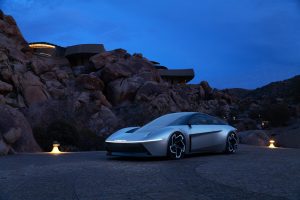
The Chrysler Halcyon Concept is expected to influence several future products for the struggling brand.
Automakers face a number of challenges, however, said Murphy.
“The next four years plus will be the most volatile time in product strategy ever,” the Car Wars report forecast. ‘Therefore, we think that automakers must lean heavily into their core ICE product portfolios to generate the capital to fund the uncertain future.”
The report added the uncertainty has “driven a pothole in launches in Model Year 2026 and 2027 with only a slight recovery in model years 2028 and 2029” as the industry scales back investment in battery-electric vehicles. The retreat on EV’s has been driven by a combination of “consumer disinterest” and changes in the regulatory incentives built into the tax code.
The confusion created by the Trump administration’s tariffs and other policies is also complicating planning for the future, the report notes.
Detroit will count on trucks
In response to the volatility, Murphy said he expects Detroit’s Big Three, General Motors, Ford and Stellantis, to focus on what they do best – trucks and their derivatives. “The launch of all important pickups and SUVs” should continue to support the profitability of Detroit three manufacturers as they scale back their investments in electric vehicles, he said.
But the new trucks from the Motor City are not expected to arrive until the 2028 timeframe, and they will not have much new to offer in 2026 and 2027. Nor will their European and Asian competitors, according to Bank of America’s analysis.
Model Year 2026 “will be the slowest year in the last 30 years with just twenty-nine (new vehicle) launches, and activity will only re-accelerate in MY 2029. This marks an extreme slowdown from last year’s forecast and is a function of the push out of numerous EV programs and greater focus on core programs,” the report said.
Detroit’s manufacturers have given up on entry level products which could create a serious challenge if political calculations change and Chinese automakers find a way into the U.S. market, the Car Wars study warned.
Asian manufacturers turn to small vehicles
Japanese manufacturers have an uncharacteristically volatile product cadence. They will maintain a focus on small cars, which are increasingly popular among a significant portion of the car-buying population, Murphy said.
Honda’s replacement rate is “meaningfully” above average. Toyota had a strong set of introductions in 2024 and 2025 and recently confirmed it will bring 24 new and updated vehicles to market for the 2026 model year. Nissan, however, faces serious problems and could be forced to reorganize its manufacturing operations in the U.S. But Nissan’s weakness should benefit both Subaru and Mazda, the report forecast
Korean manufacturers’ replacement rates are above the industry average. The Korean product mix is overweight when it comes to crossovers, but they retain a focus on small cars, which should benefit from pent-up demand for more affordable vehicles.
European OEM’s replacement rate is just below the industry average. However, a global product plan focused on EVs is creating a challenge in the U.S. market. Volkswagen is in relatively decent shape. However, Mercedes-Benz and BMW will have to lean more heavily on more vehicles with internal combustion engines, Murphy said.
Tariff pressure could force European carmakers to shift more engine and transmission production to the United States, Murphy added.
Tesla faces challenges
Bank of America’s study indicates Tesla’s nominal product replacement rate is at the high end of the study’s range. However, Tesla has a history of missing its targets, Murphy noted, and if the launches of new versions of the Model Y, Model 3 and an entry-level model due next year are delayed — and if EV sales continue to soften, — Tesla could continue losing market share this year and next.
“Tesla’s ability to grow market share is limited,” Murphy said, noting the full replacement for the Model 3 may not be available until the 2029 model year, Murphy added.
Murphy also said Tesla faces serious challenges in China, which is a source for as much as 40% of the company’s revenue. The ongoing price war in China could lead to a collapse of the Chinese market, comparable to the one that led to the bankruptcy of General Motors, Chrysler Corp., and a raft of suppliers.
Such a crisis would do severe damage to Tesla’s automotive business, leaving the company more dependent on autonomous vehicles, which still needs extensive development, as well as the company’s Optimus Prime Robot.
Tesla is expected to roll out a fully autonomous version of the Model Y this month. But it’s now unclear how soon it will follow with the new CyberCab.

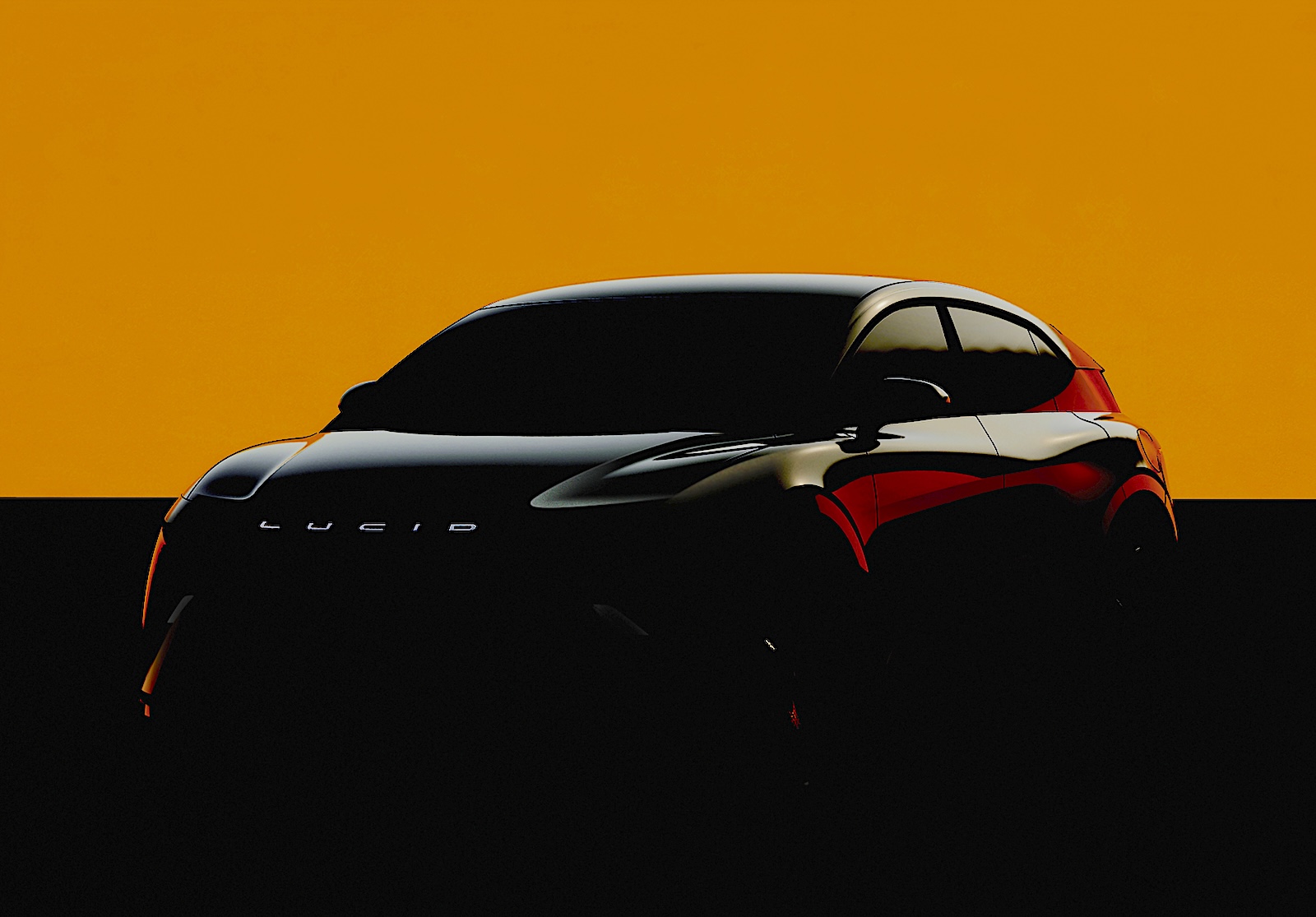
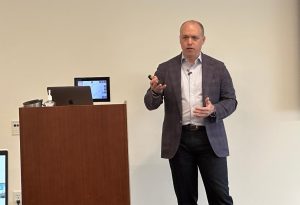

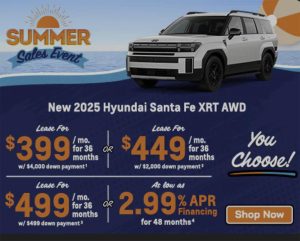
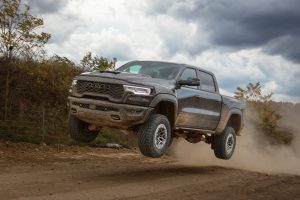
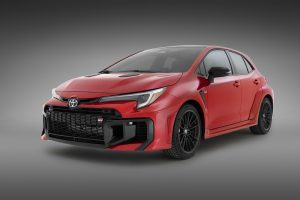
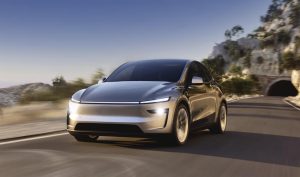
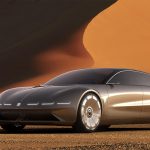

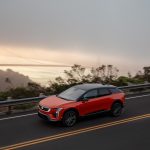



What we need are affordable cars; skip the dozens of ‘features’ no one knows are there or want or need. Manufacturer’s are adding features to attract buyers, but buyers are only seeing big sticker prices and walking away. Develop the $20 – 30K car that have reliable, basic features only; radio, heater, cruise and simplify everything. Remember, in the 50s even the heater and oil filter were options.
Let’s see how buyers react if/when Slate’s econo-truck comes to market.
Paul E.